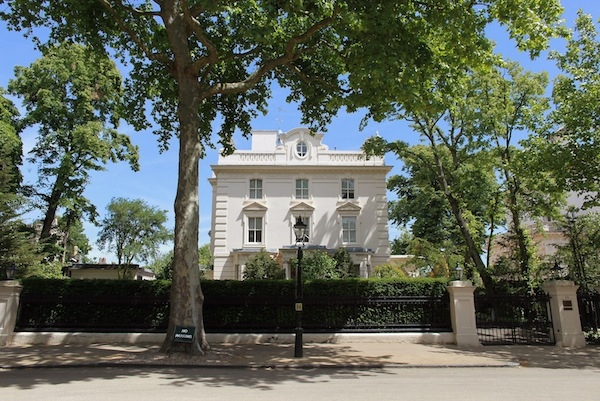After a long summer of uncertainty following the Brexit vote, data is finally dribbling in. While some of it strikes a brighter note, messages emerging from the stats are mixed. Serious sellers, especially in the prime markets, must remain realistic and flexible with pricing if they want to do a deal.
Latest numbers from the Halifax showed that annual house price growth has eased to 6.9 per cent following a very slight drop of 0.2 per cent in August. This contrasts with last week’s more upbeat numbers from the Nationwide building society which revealed a pick-up in house prices in August, suggesting some resilience in the market.
Neither paint the full picture. Behind the headline figures lies a softening of activity with a reduction in buyer demand as well as a decline in the number of homes coming to market.
Evidence of a slower market also comes from Bank of England data revealing that the number of mortgages approved for house purchase hit an 18-month low in July. Meanwhile, surveyors report that the number of properties on the market remains close to a 30-year low.
What happens next depends on consumer confidence, mortgage availability and the underlying strength of the economy. One thing is certain, the fragmented nature of the housing market means that the effect will be uneven. Much will hinge not only on policies set in motion before the referendum but also where each sub-market sits in the cycle.
This is particularly the case for prime property, especially in London.
Over the past 18 months the prime market has been affected by a number of pressures including changes to the tax treatment of high value property and the reform of stamp duty in December 2014, which benefited the majority of buyers but penalised purchasers of higher value homes. More recently, this April the introduction of the 3 per cent surcharge on stamp duty on the purchase of second homes and investment properties instigated a spike in transactions ahead of the changes but has subdued part of the market since.
Savills own prime property index published in our Brexit Briefing on Prime Market shows that the average price of prime property across London fell by a net 1.4 per cent between September 2014 and just before the referendum. Prime central London saw an even greater reduction of 8 per cent as a result of the bigger tax burden on high value homes.
Across the prime country markets, which have looked relatively good value for money by comparison, net prices grew by 3.4 per cent. While modest, this growth reflects the flow of buyers moving out of London in search of better value, a shift which has been noticeable since 2014. In the first six months of this year, buyers from London accounted for nearly a third of all buyers in the prime suburban and commuter markets. More than half of these were parents.
The value gap between London and the suburbs, though still wide in historic terms, is now narrowing. Prime urban locations in the commuter zone are now showing stronger price growth than prime London. We think this trend is likely to continue. Stand by for further thoughts and our revised forecasts to be launched in our Prime London research document later this month.
Meanwhile, for London sellers wishing to take advantage of the equity they have built up over the years to trade up to the country while the value gap remains wide, realistic pricing of their London home will be key.
Susan Emmett is Director of Residential Research at Savills






Comments